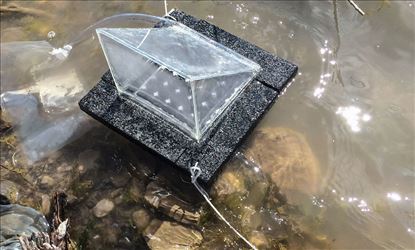
Tank like devices called solar stills use the sun to evaporate dirty or salty water and condense the vapor into safe drinking water. But large, expensive stills can only produce enough water for a small family. Now, researchers have developed a new material that speeds the process of evaporation, enabling a small solar still to provide all the drinking water one family needs. If the technology proves cheap enough, it could provide millions of impoverished people access to clean drinking water.

Today 783 million, or nearly one in 10, people around the world lack such access, according to UNICEF. These people spend a collective 200 million hours a day fetching water from distant sources. And even though technologies exist for purifying contaminated water and desalinating seawater, these typically require expensive infrastructure and lots of energy, putting them beyond the reach of many communities.
Recently, researchers have been working to upgrade solar stills as a cheap, low-tech alternative. The traditional still is little more than a black-bottomed vessel filled with water and topped with clear glass or plastic. The black bottom absorbs sunlight, heating water so that it evaporates and leaves the contaminants behind. The water vapor then condenses on the clear covering and trickles into a collector.




